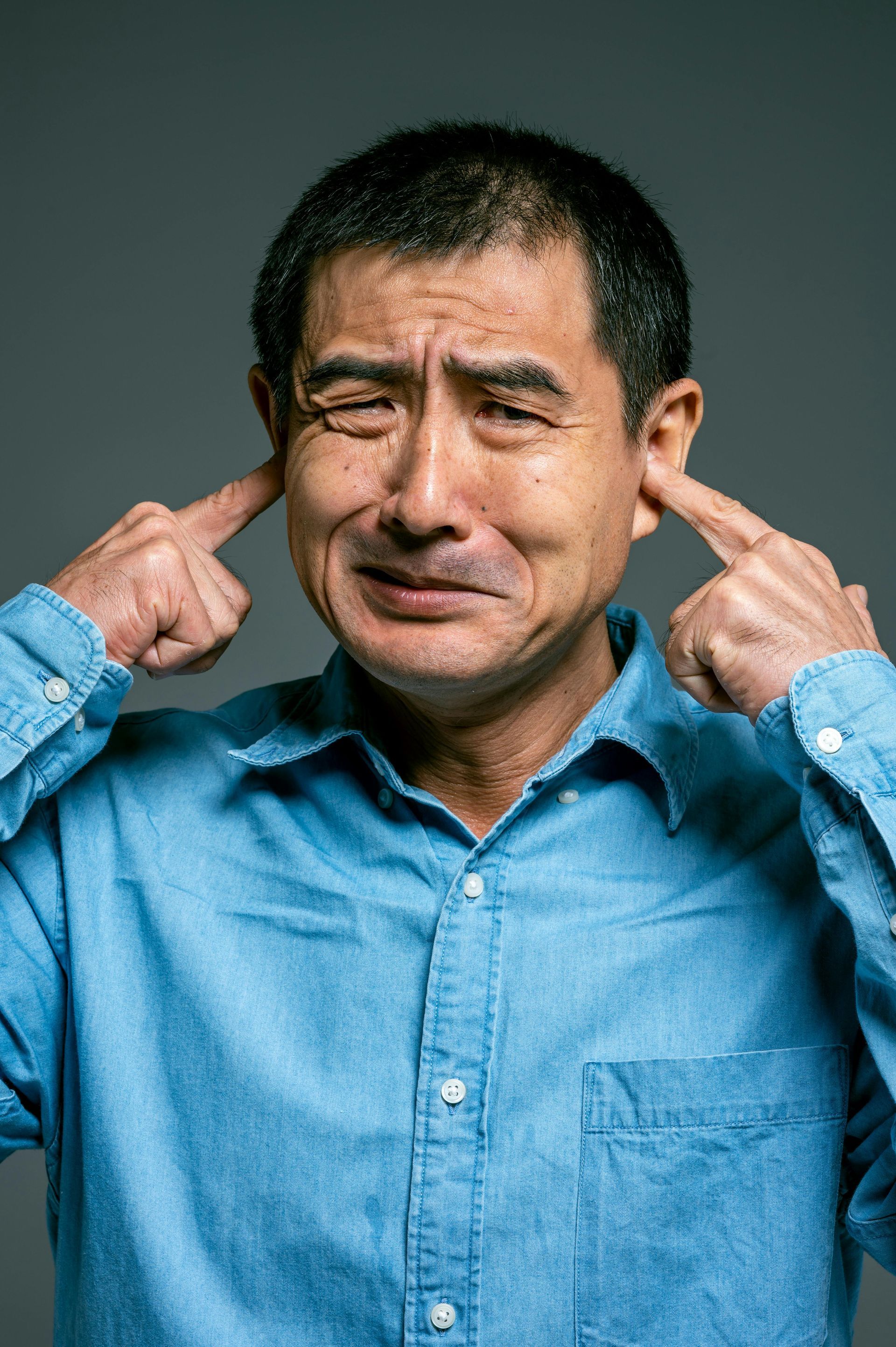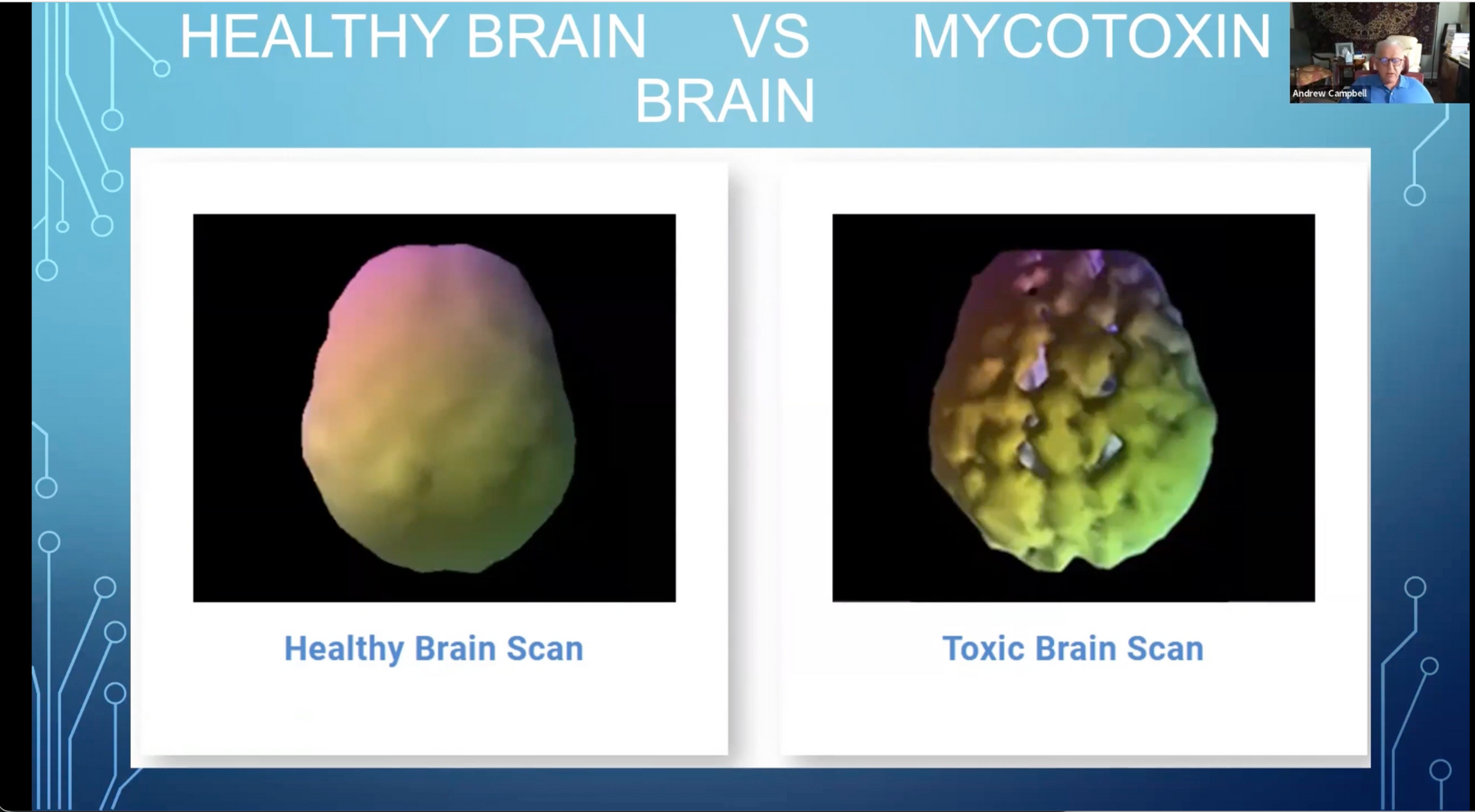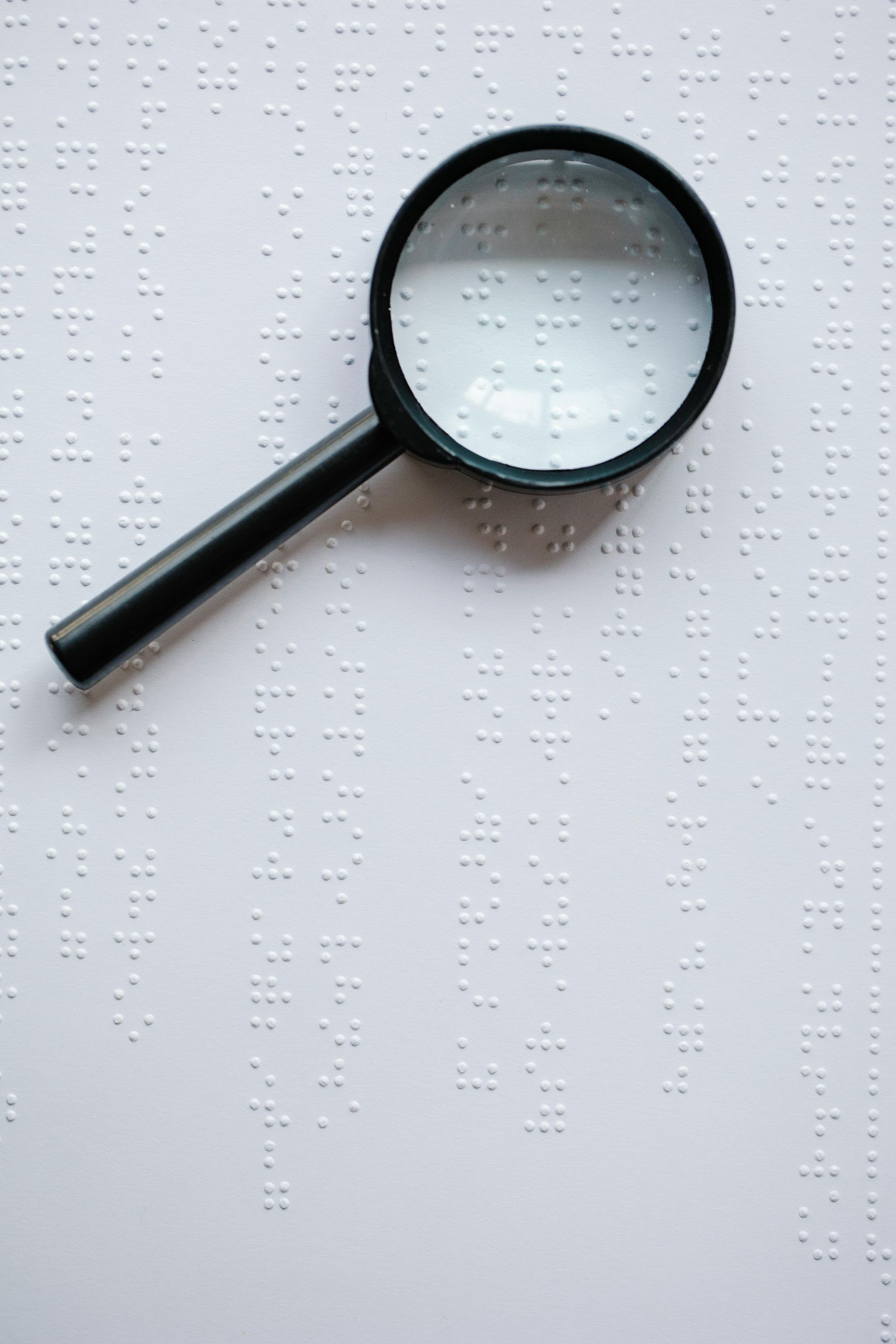One example of why you absolutely CAN’T recover, as long as you’re still exposed or living in the mold-toxic environment that made you ill in the first place.
A newer name but a sharp young cookie, Dr Lauren Tessier has a neatly interconnected series of shorter (by comparison to the podcasts featuring other mold specialists) tutorials on YouTube. (At the end of this article, see a compressed version of her bio from her Life After Mold website.)
In this to-the-point, no-filler, 10-minute tutorial, she covers the four means by which mold impacts the biology: allergic reaction, infection / 'colonisation', toxic reaction / mycotoxosis, and Chronic Inflammatory Response Syndrome (CIRS).
Proper testing to identify which category or categories the patient fits into, she says, is central in the decision as to "what treatment to go after".
It's the first and most diligence-requisite part of the process, Dr Tessier explains, especially since the response categories all overlap, in most cases.
"For example, someone who has environment allergies can have both an allergic and a toxic reaction. That's one example of overlap.
"In the same way, colonisation can be occurring along with, at the same time, allergic or toxic reactions."
If the External Environment Isn't Addressed, You're Wasting Your Patient's Time and Money & Making Them Worse
The key, she says, is to make sure that the external environment has been addressed so that then (and only then) the internal environment can begin to be addressed.
"If the external environment is still infected by mold, the sufferer is still being triggered - constantly.
"And if you try to address the internal environment with anti-fungals without the patient first getting out of, or professionally and fully remediating, the external environment, they're almost certainly 're-colonising' themselves.
"And not only is that costing them time and money, it's actually causing them even worse problems, primarily:
- "The external enviornment is constantly causing a whole chain reaction internally - allergic, toxic, infectious.
- "If you use anti-fungals on them while they're still breathing in mold around the clock, the mold will get stuck in the associated biofilms the mold has been busy producing inside their biology.
- "You can both errantly come to the conclusion that - since you deem the anti fungals aren't working - that the individual isn't mold-toxic at all . . . only to find out five or 10 years down the track (and another decade of illness and debilitation), that actually, they were mold-toxic all the time. and have now likely gotten significantly worse.
- "Patients can become resistant to anti-fungals, in the same way that individuals can develop anti-biotic resistance. With anti-fungals we have far fewer options than with antibiotics . . . so developing anti-fungal resistance is an even bigger concern. And if they develop anti-fungal resistance, nothing is going to work, and they'll be stuck with this condition forever. And that's why we go through such a pedantic process before we put people on anti-fungals. Proper use of this important option is absolutely essential."
"It drives me crazy when practitioners tell mold-toxic clients that they can stay,, and get better, in the same environment that made them sick in the first place, without addressing any of the mold."
Bio Brief:
Dr Lauren Tessier is a naturopathic physician licensed by the U.S. state of Vermont.
Shortly after setting up practice in the small community of Waterbury (which was still recovering from an "unimaginable" flood caused by Hurricane Irene in 2011, she was overwhelmed with patients sick with unexplainable rashes, brain fog, allergies non-responsive to treatment, fatigue, breathing difficulties, neurological complaints, headaches, nausea, and general immune system dysfunction.
When the traditional western medicine and naturopathic approaches didn't work, she took a "dive deep" into what she suspected was mold-related illness. She underwent training to become a Shoemaker Certified Physician in 2016 "but realised that there was more to mold-related illness than simply Chronic Inflammatory Response Syndrome (CIRS).
"In order to be successful, one needs to consider non-CIRS mold-related illness: mycotoxicosis, mold allergy and hypersensitivity. There are many ways one can become sick from mold exposure. Thus, it's not uncommon to see the failure of strict cookie-cutter protocols."









